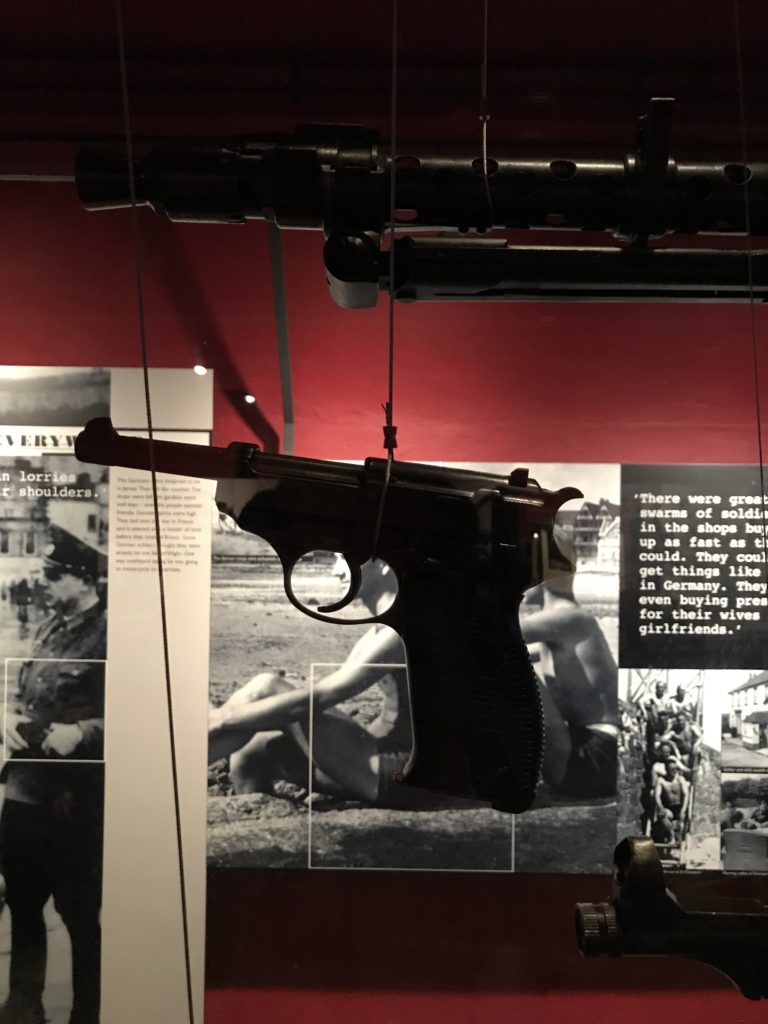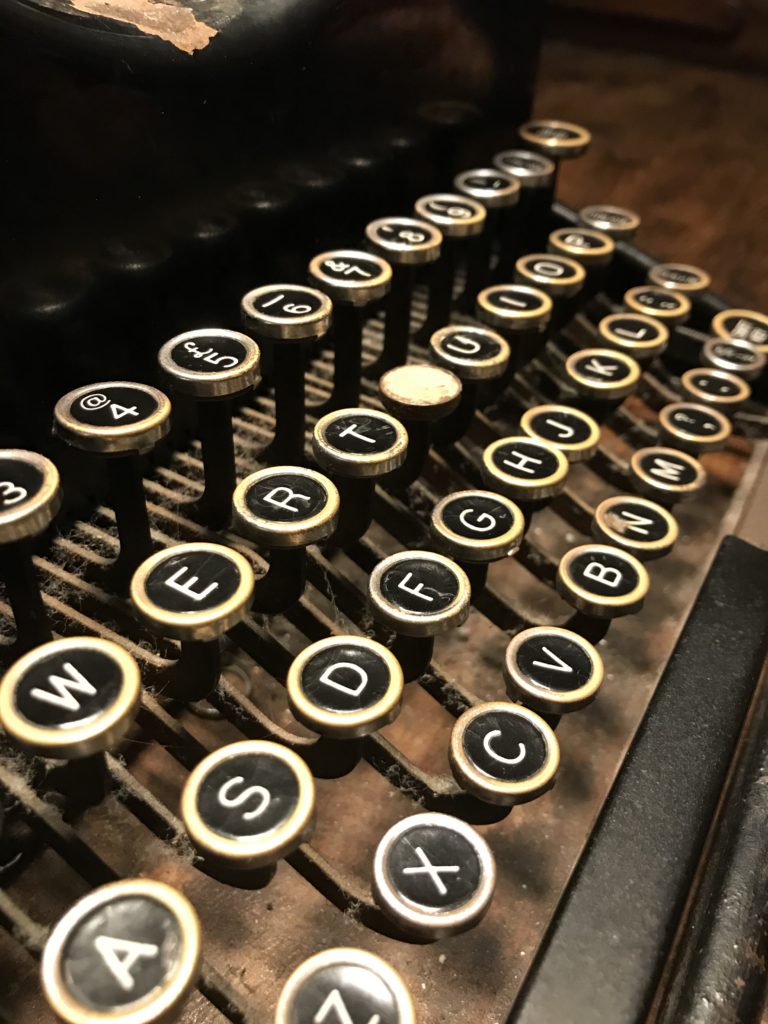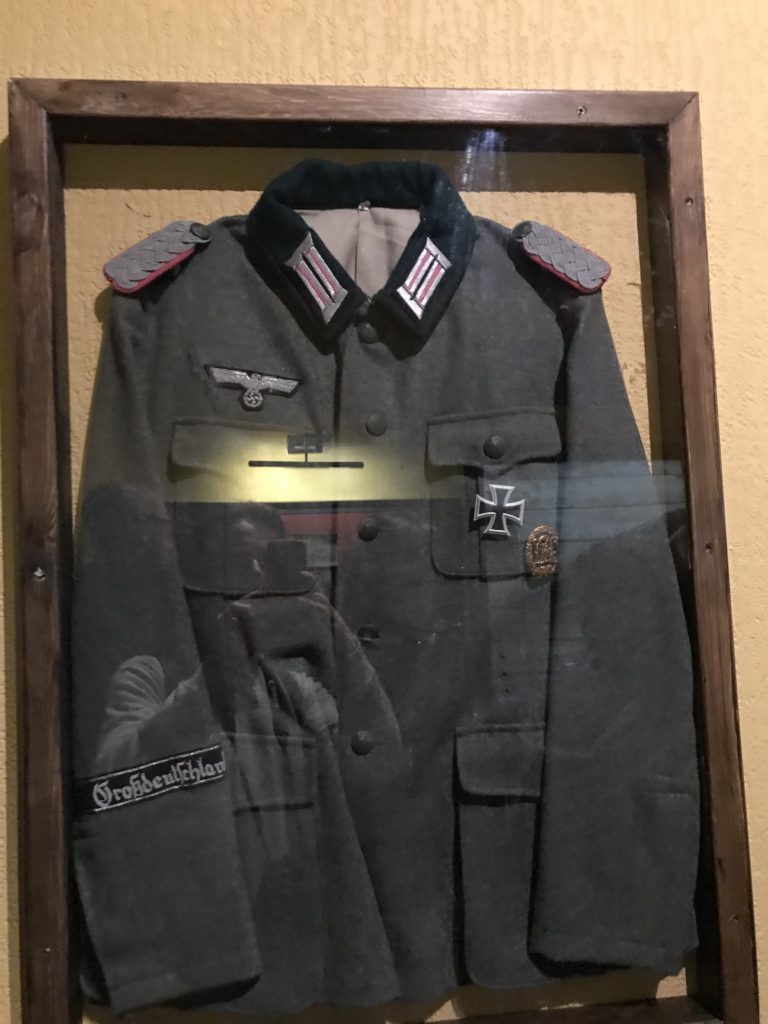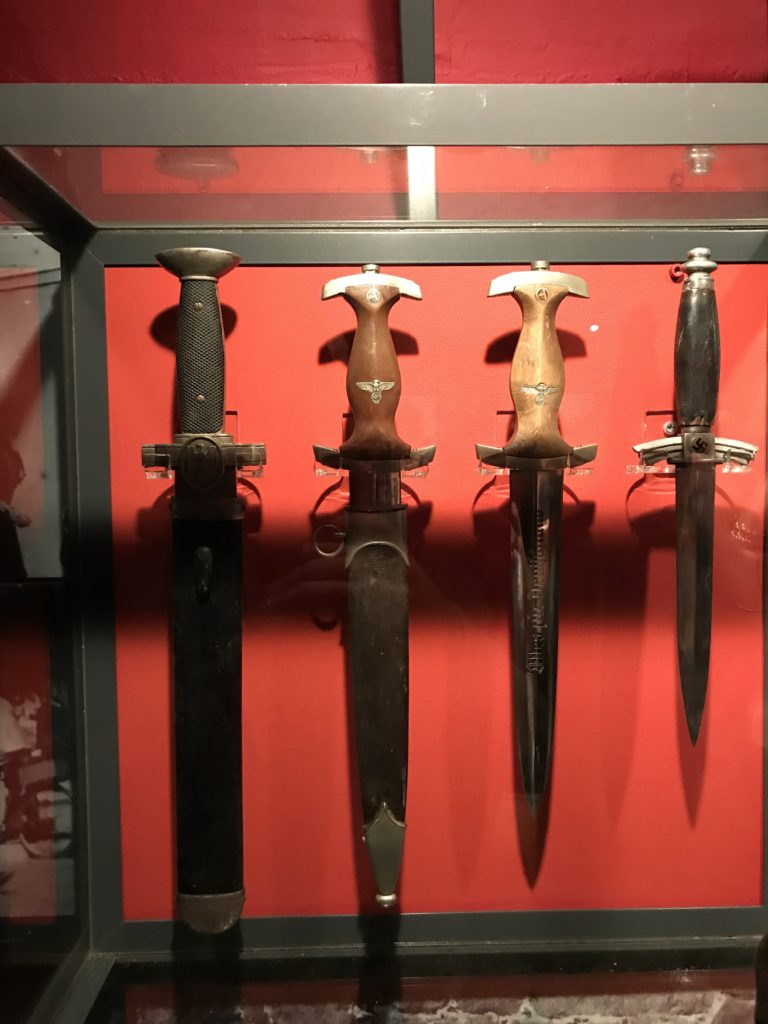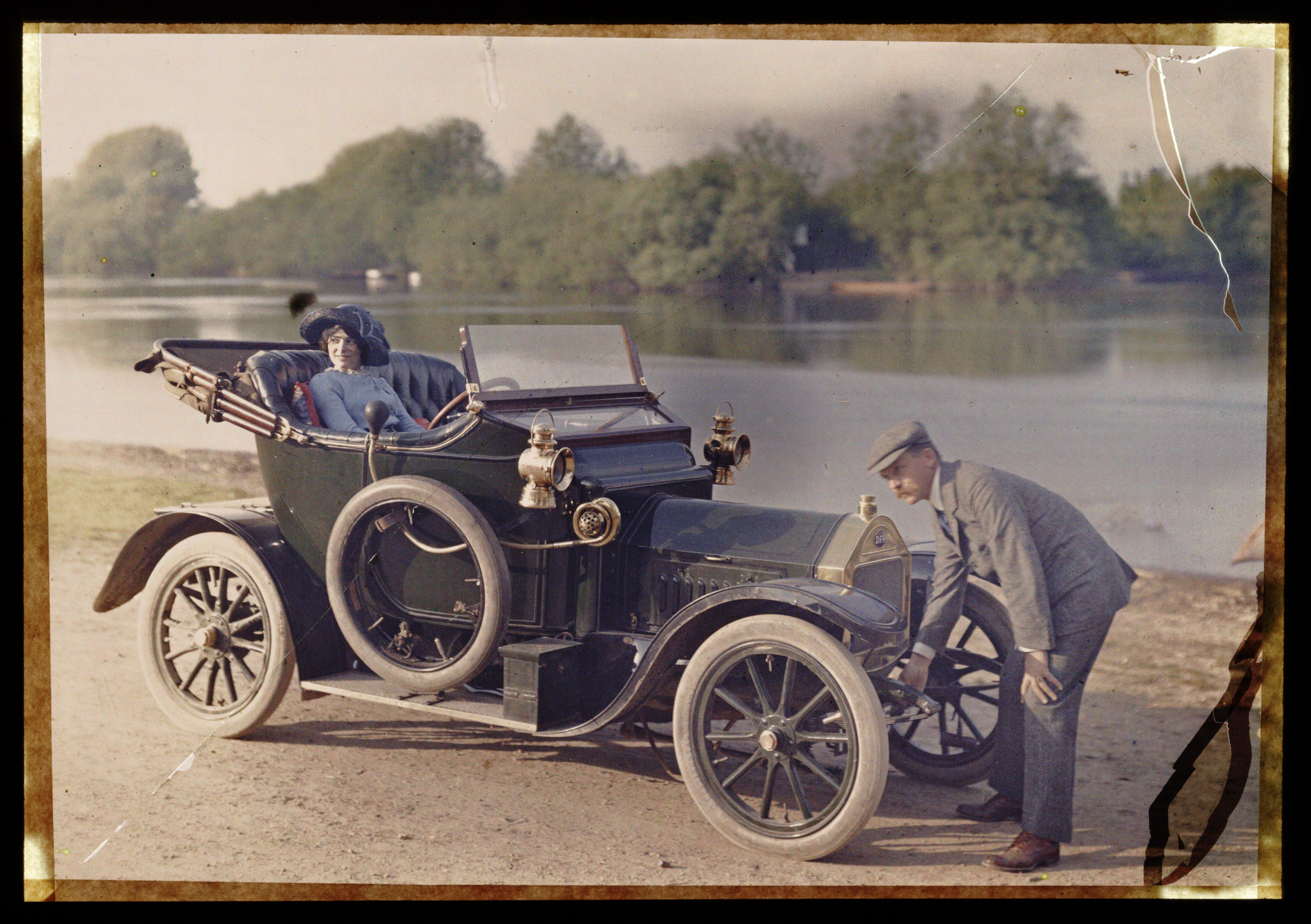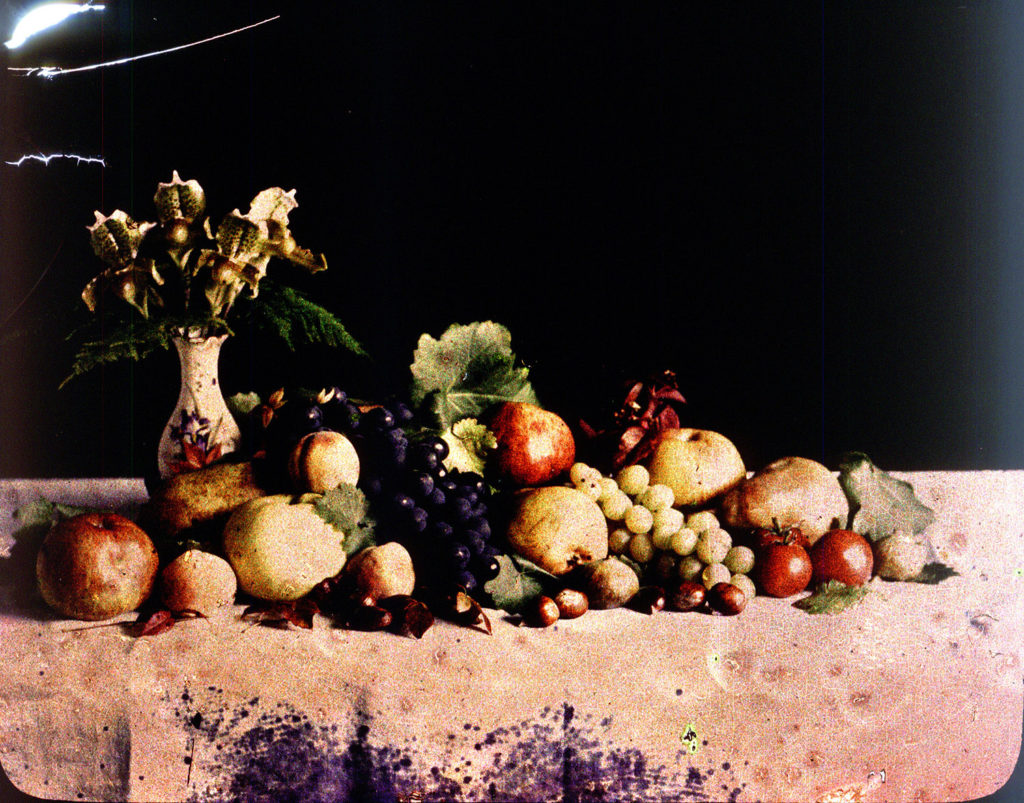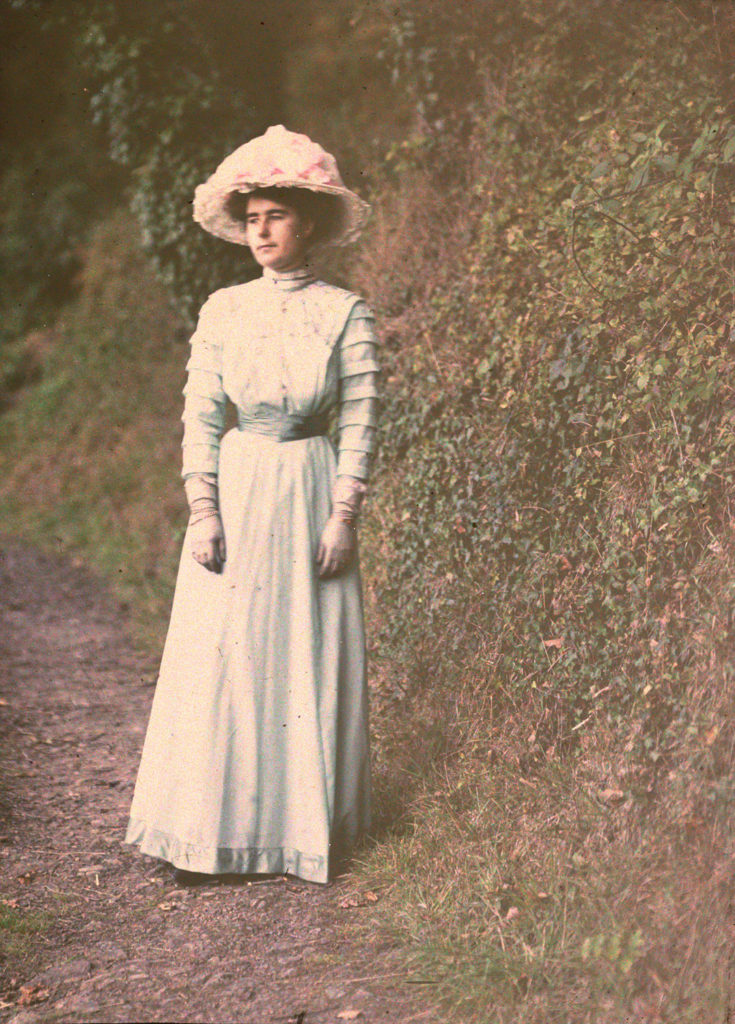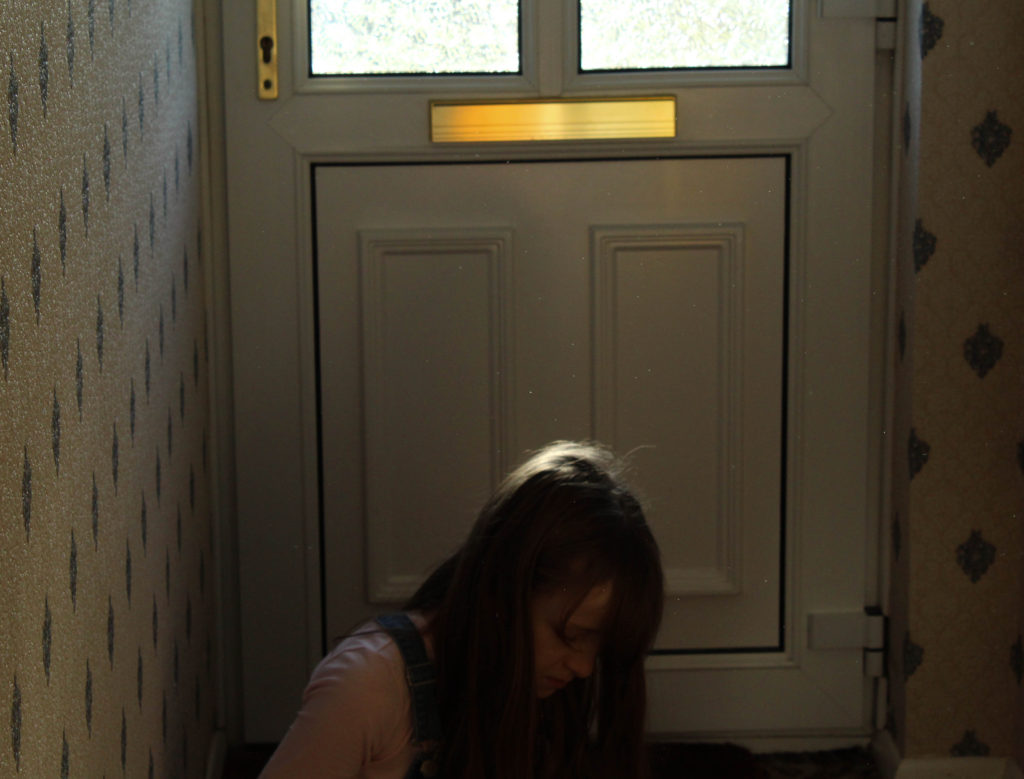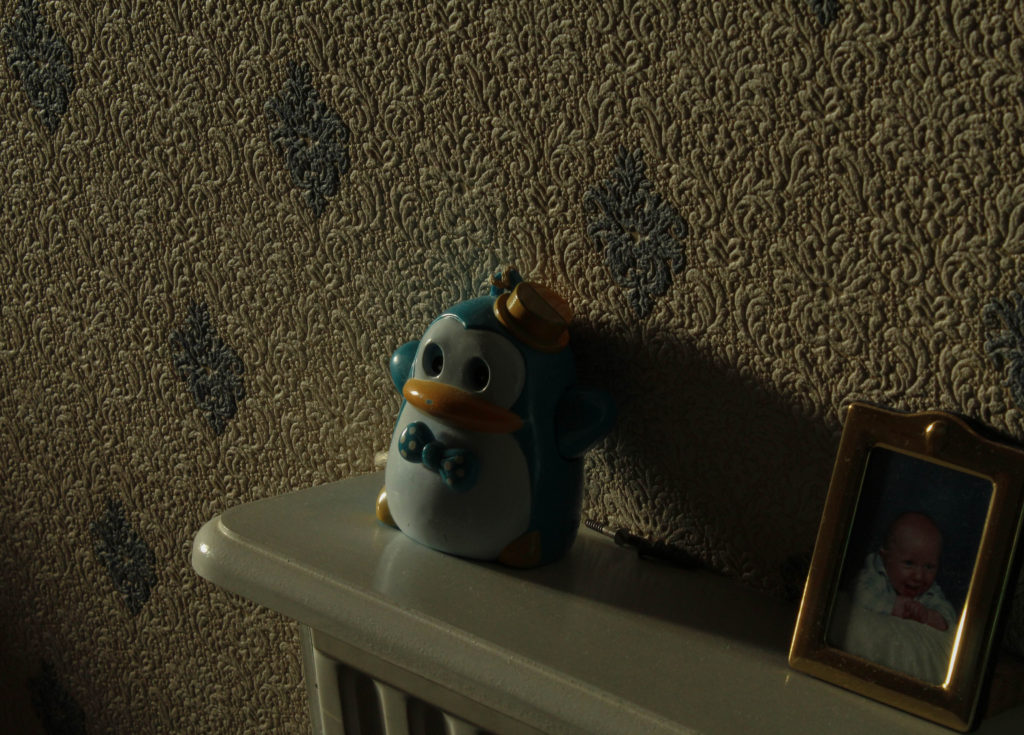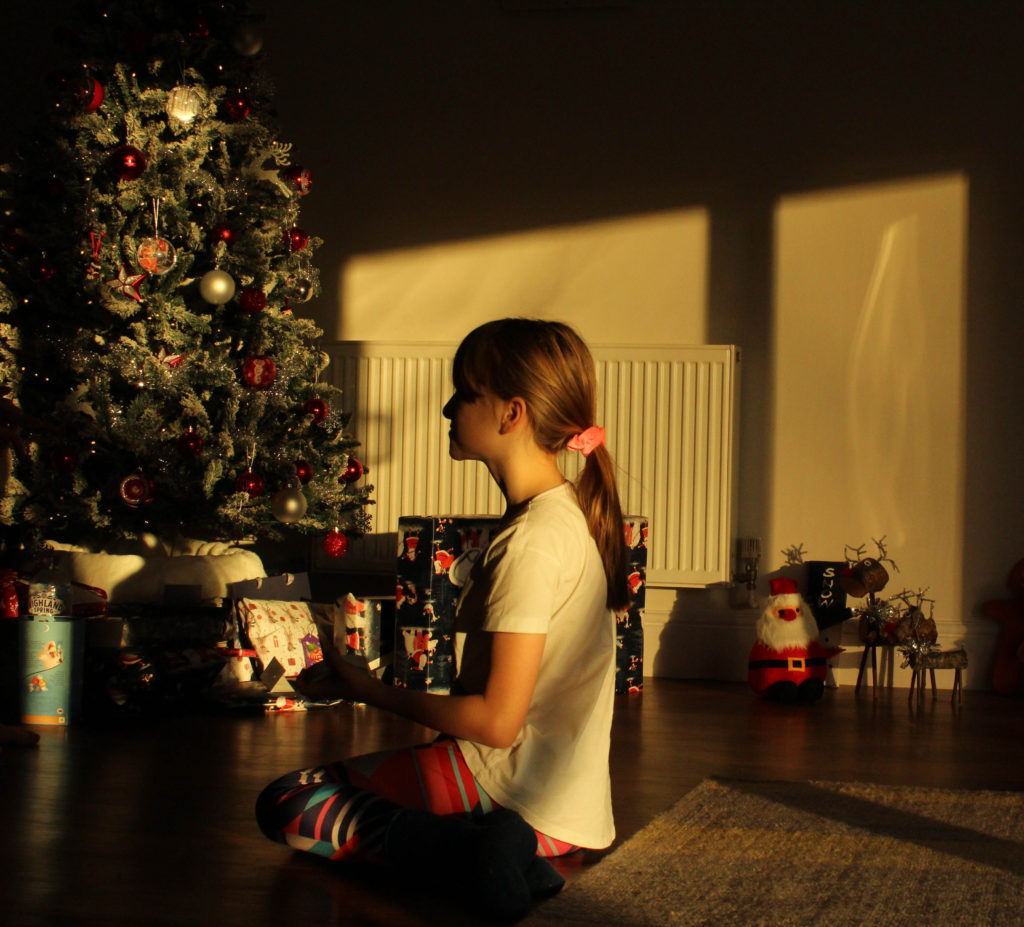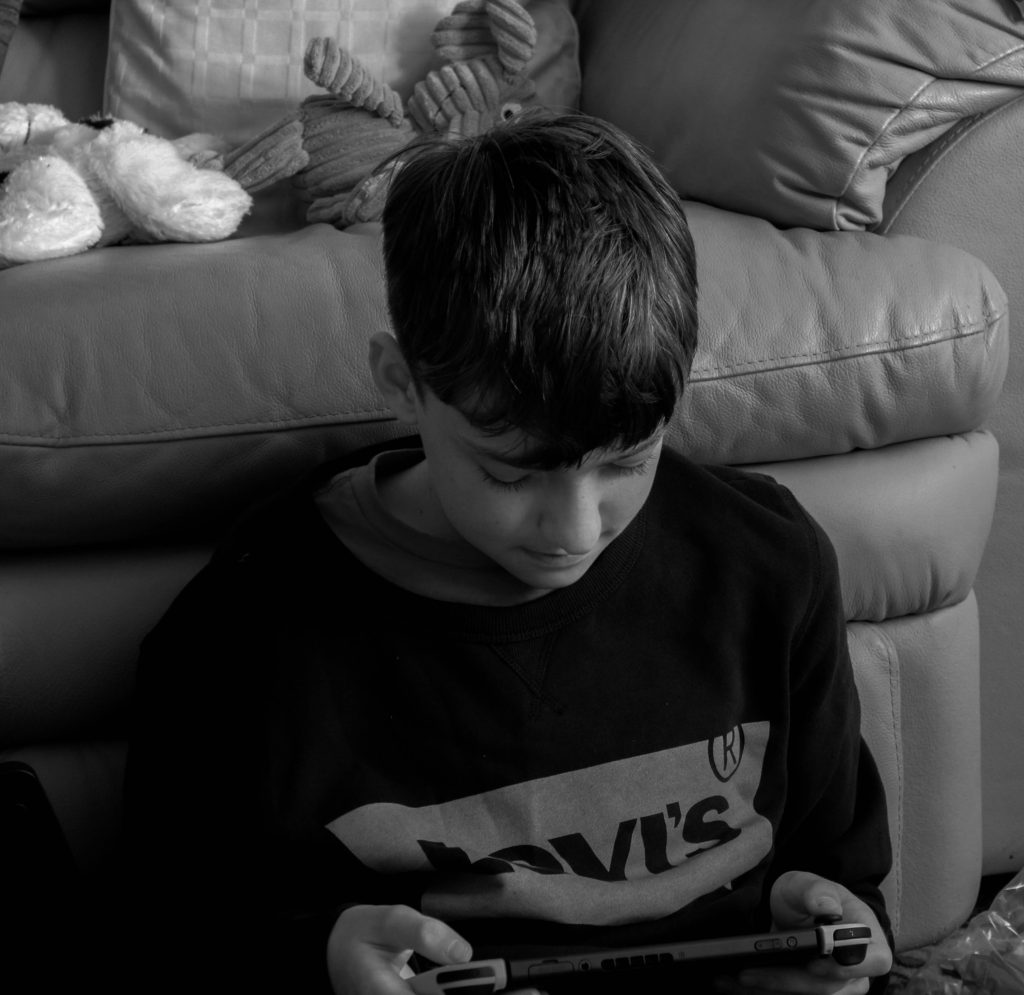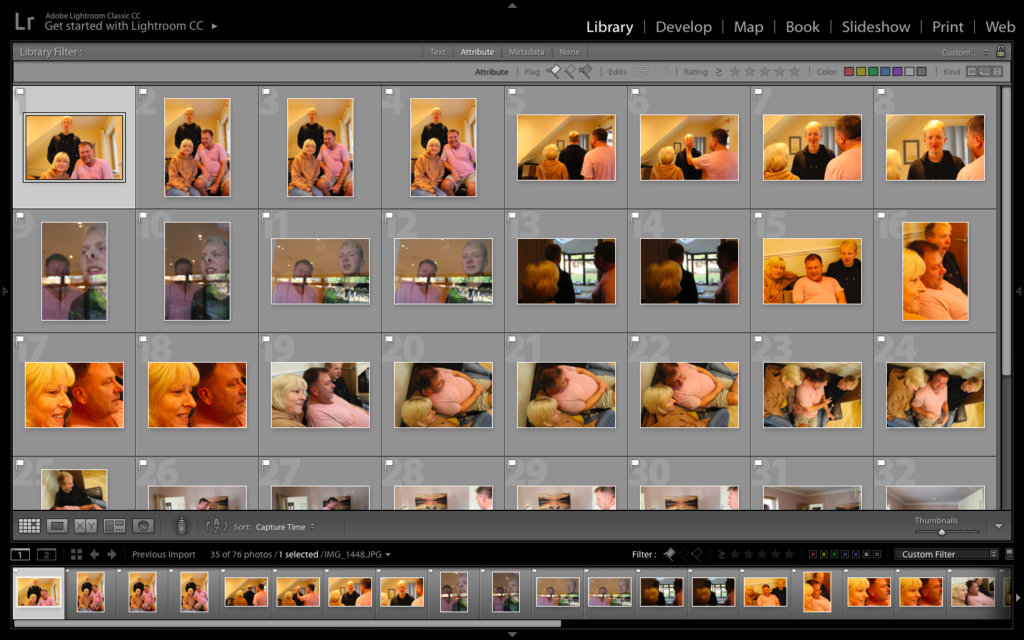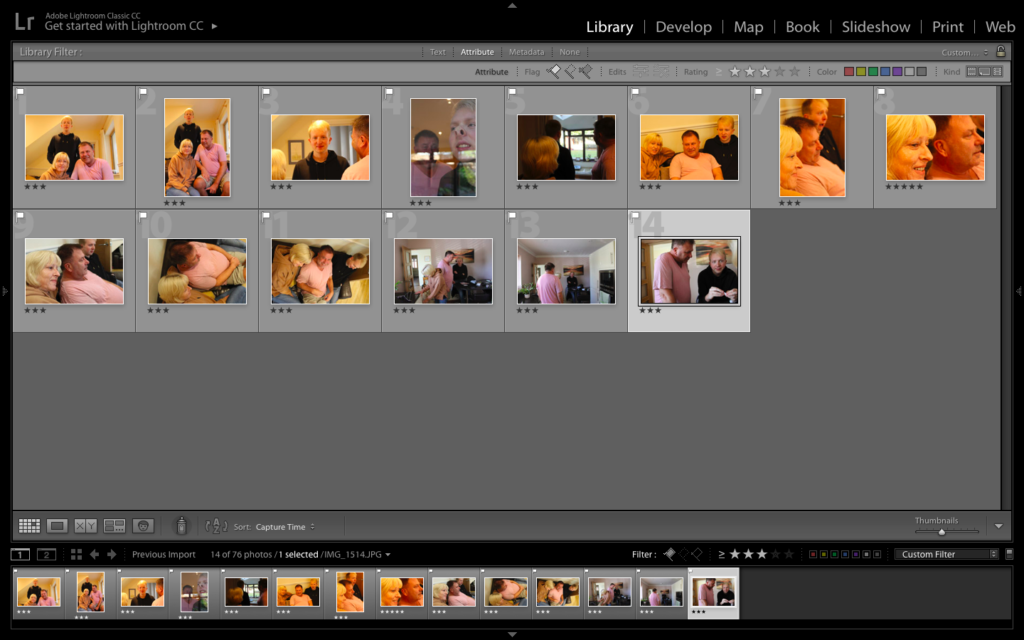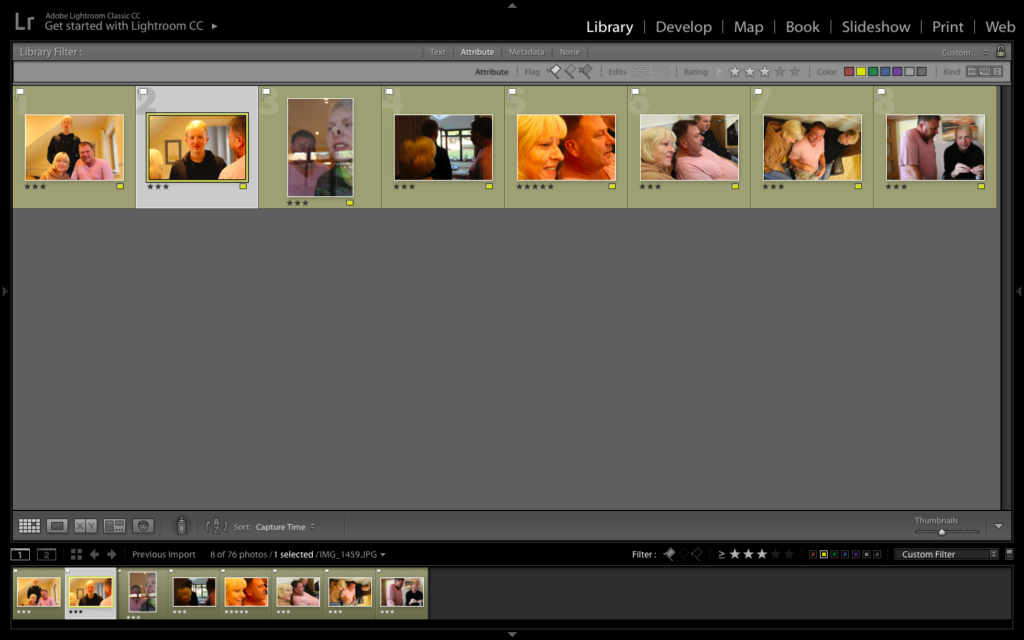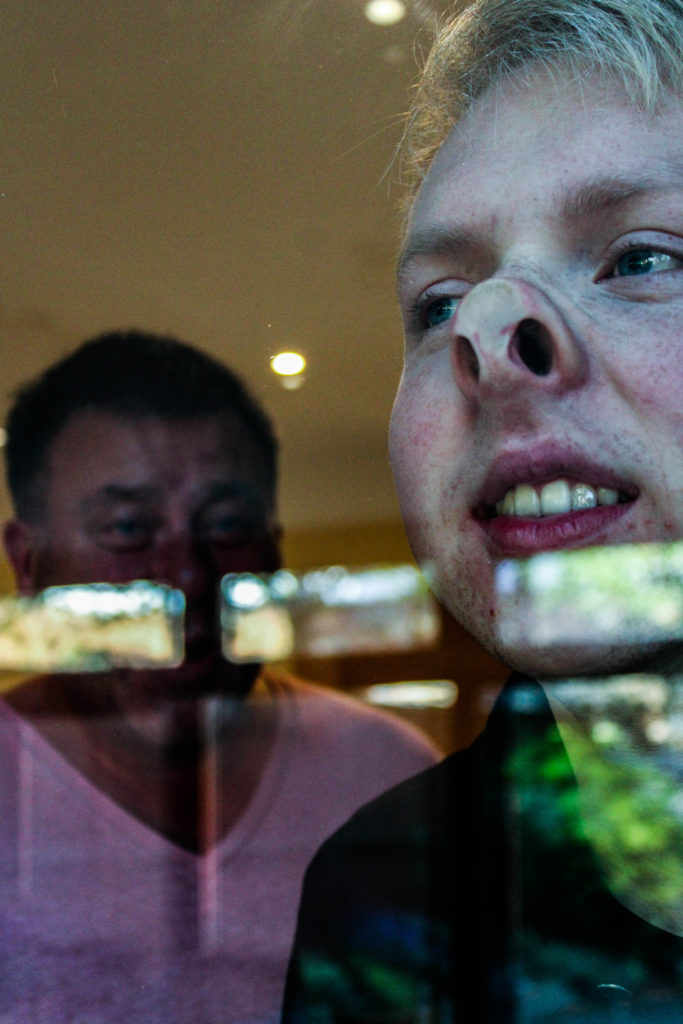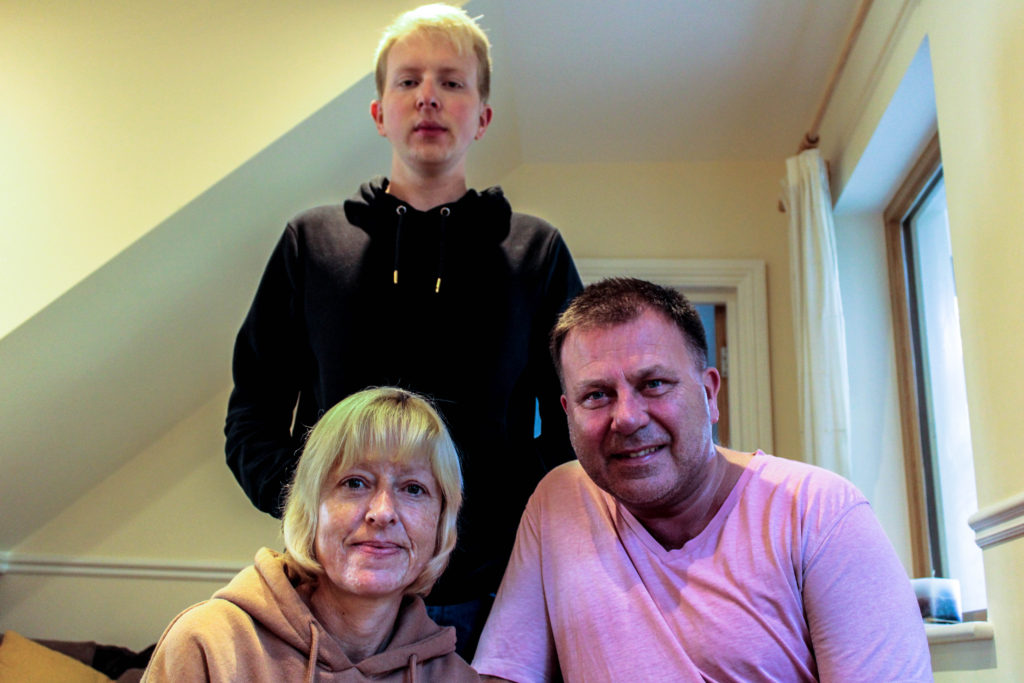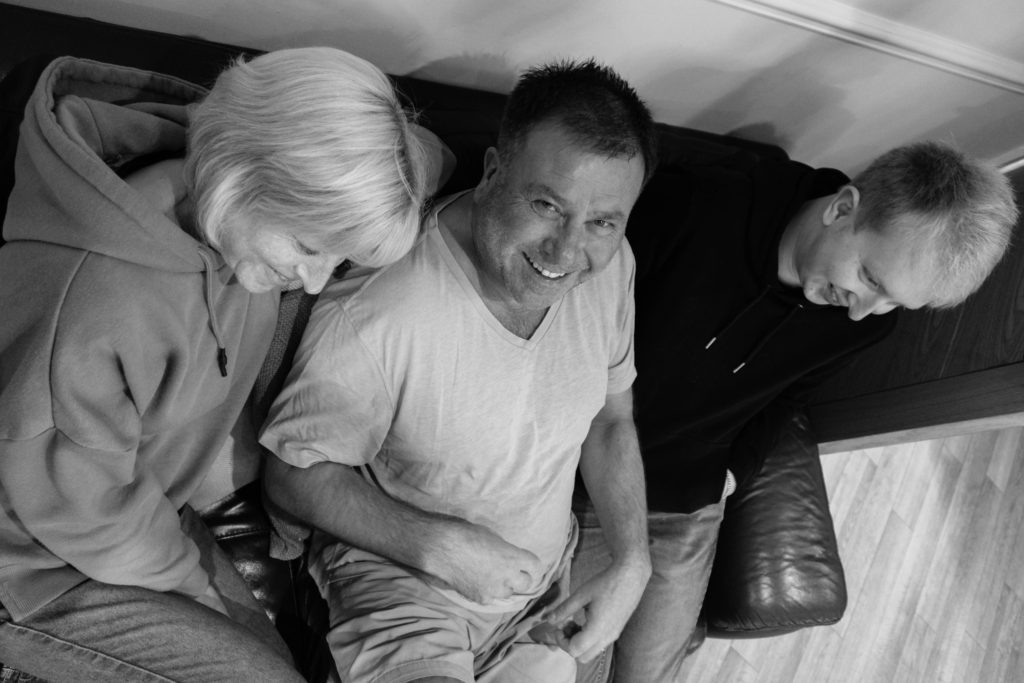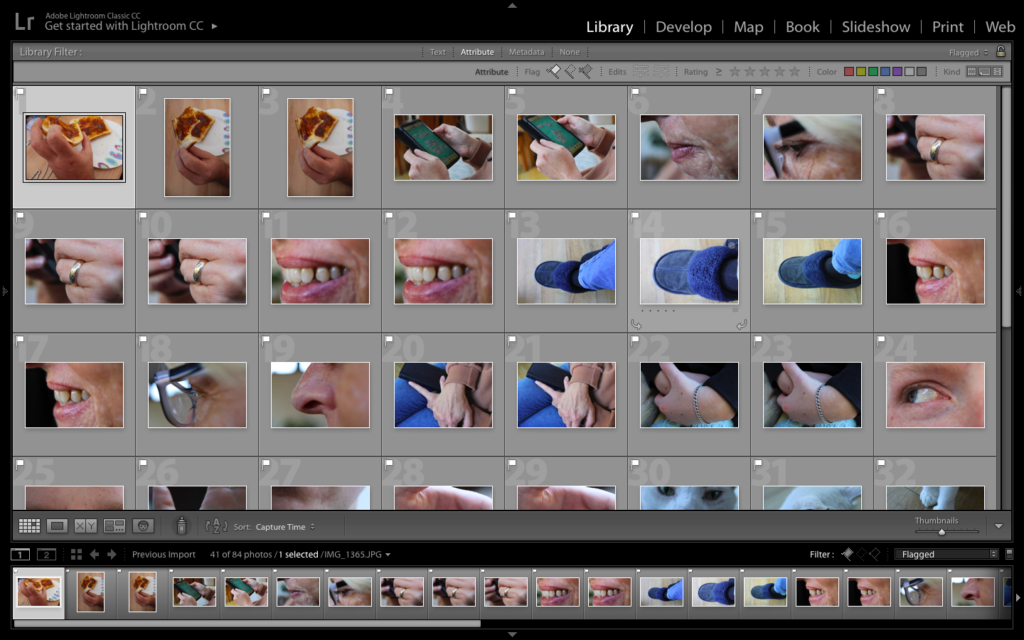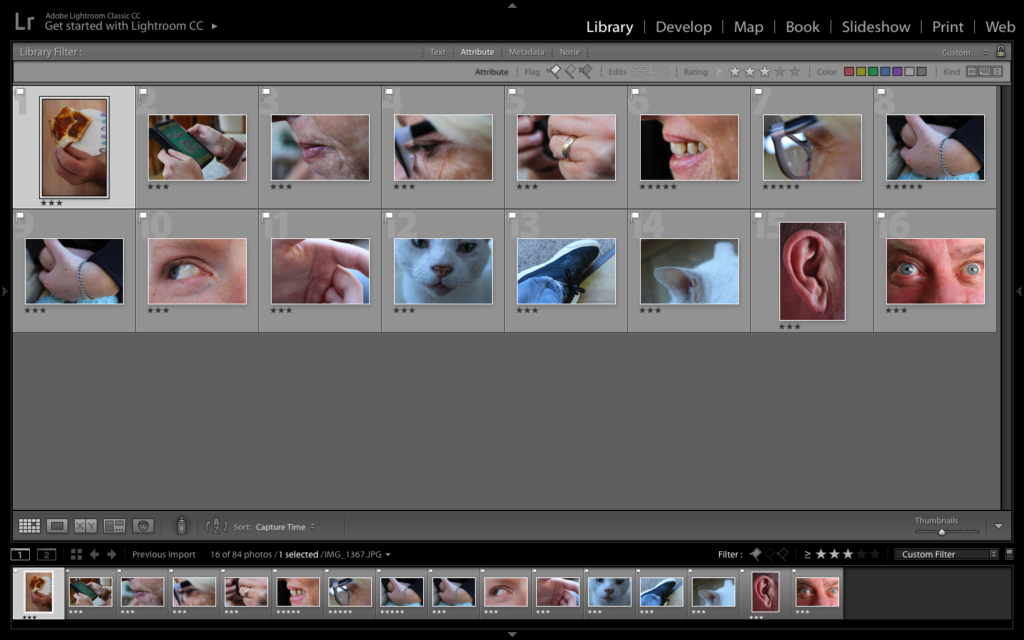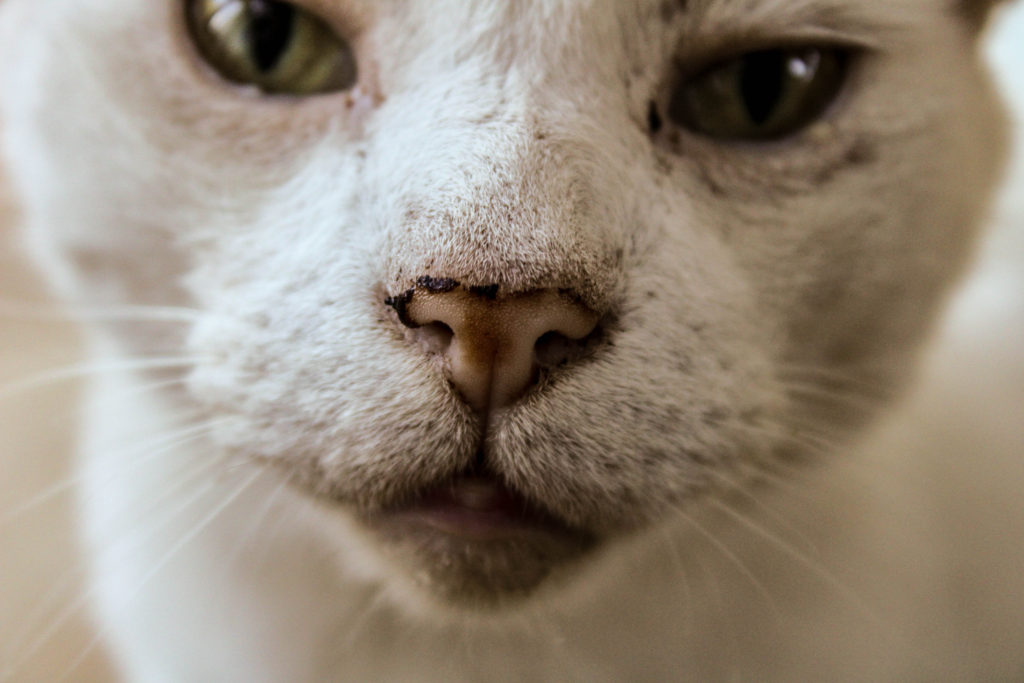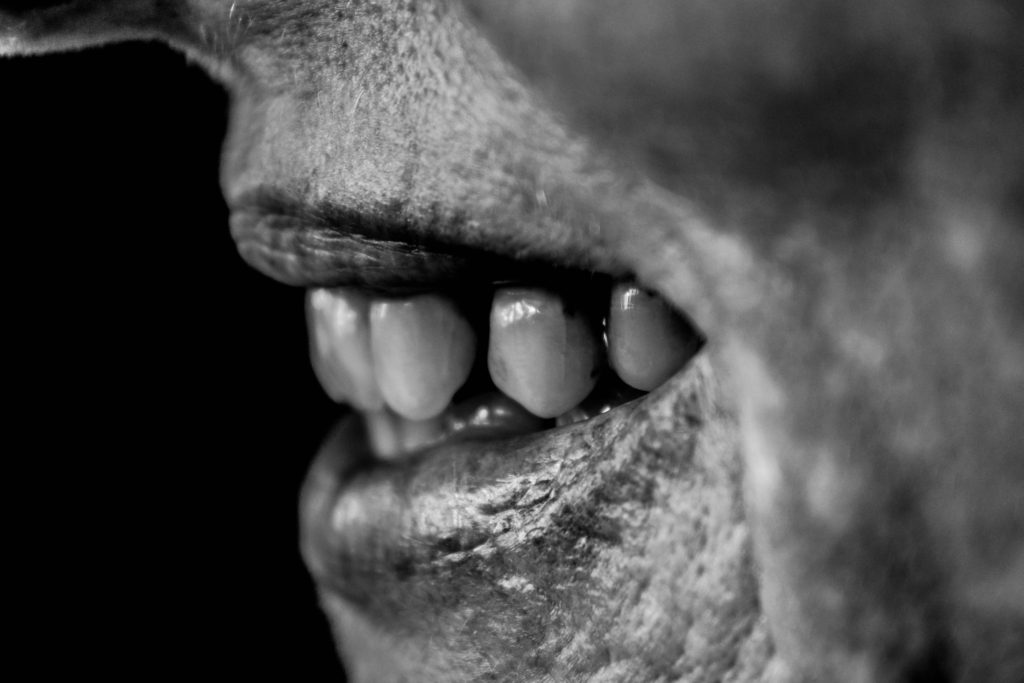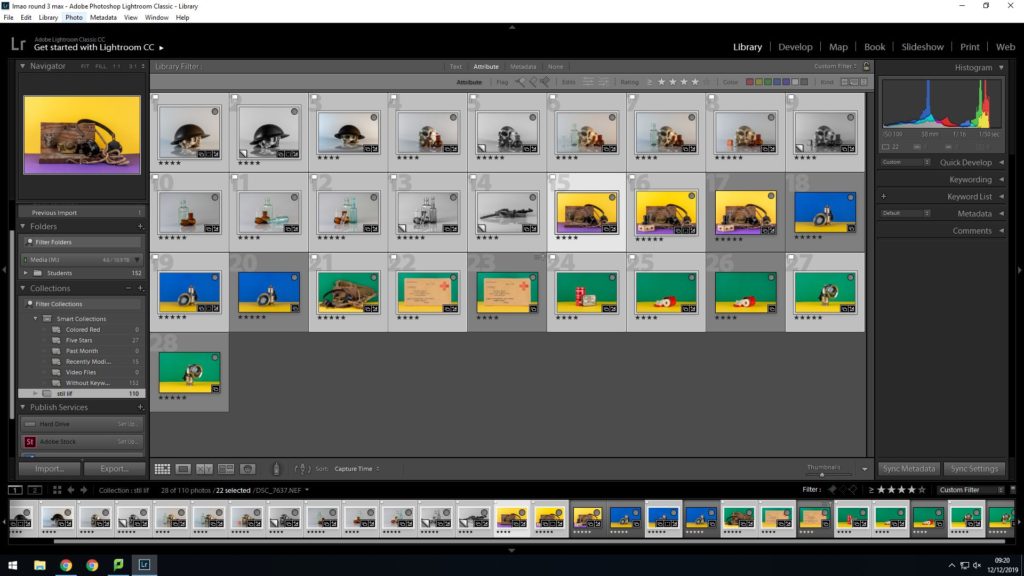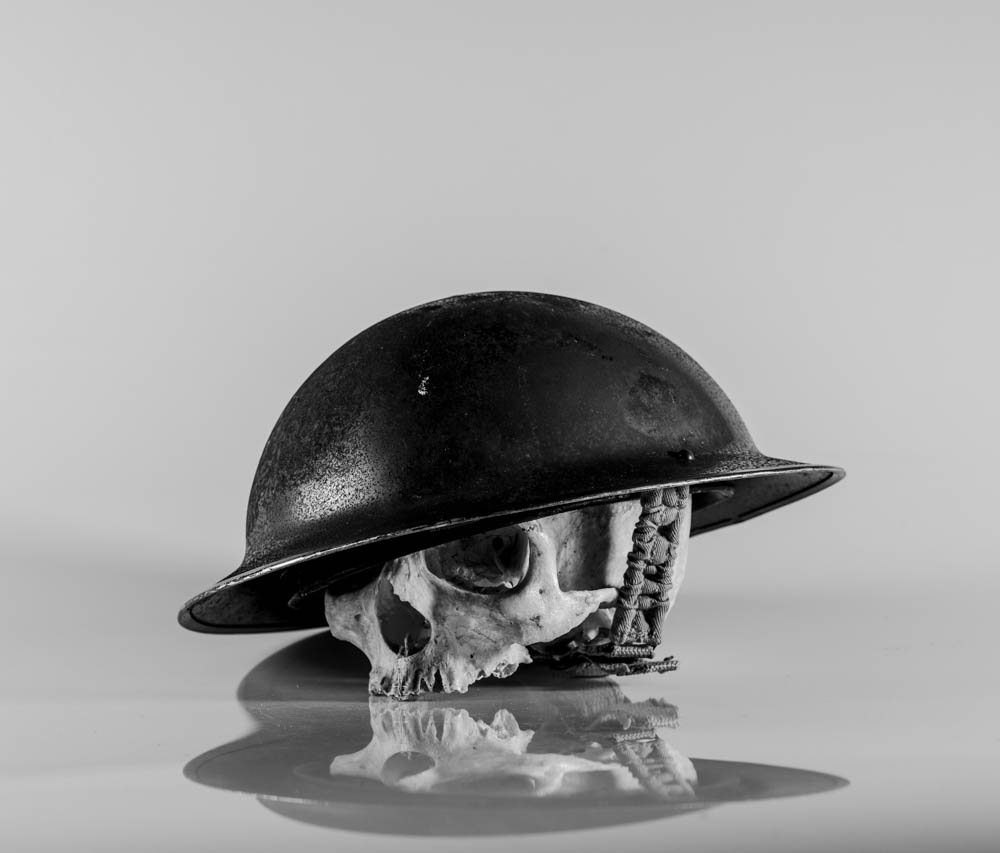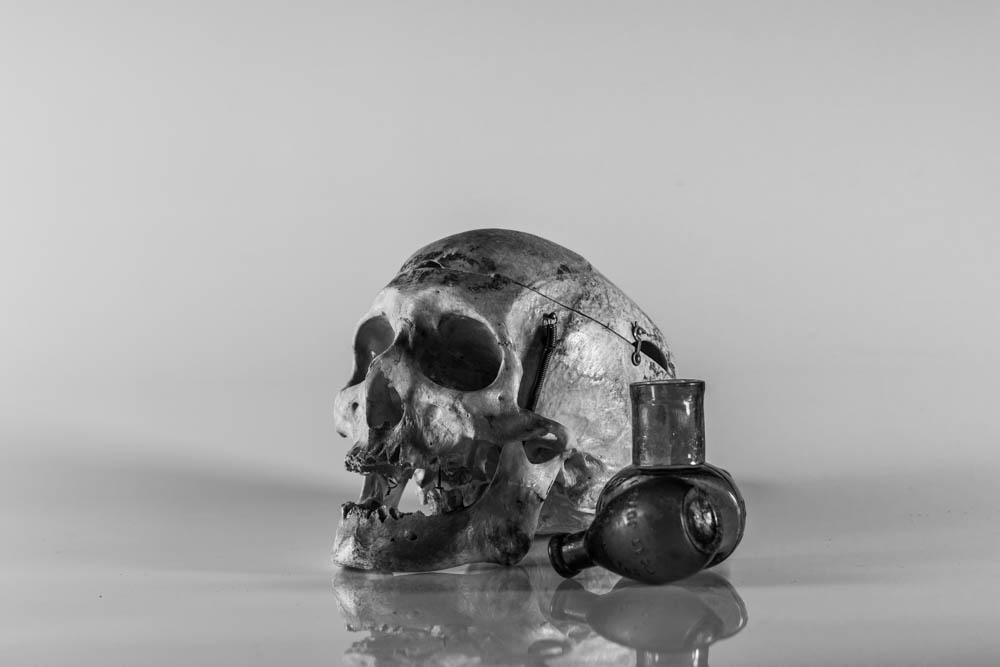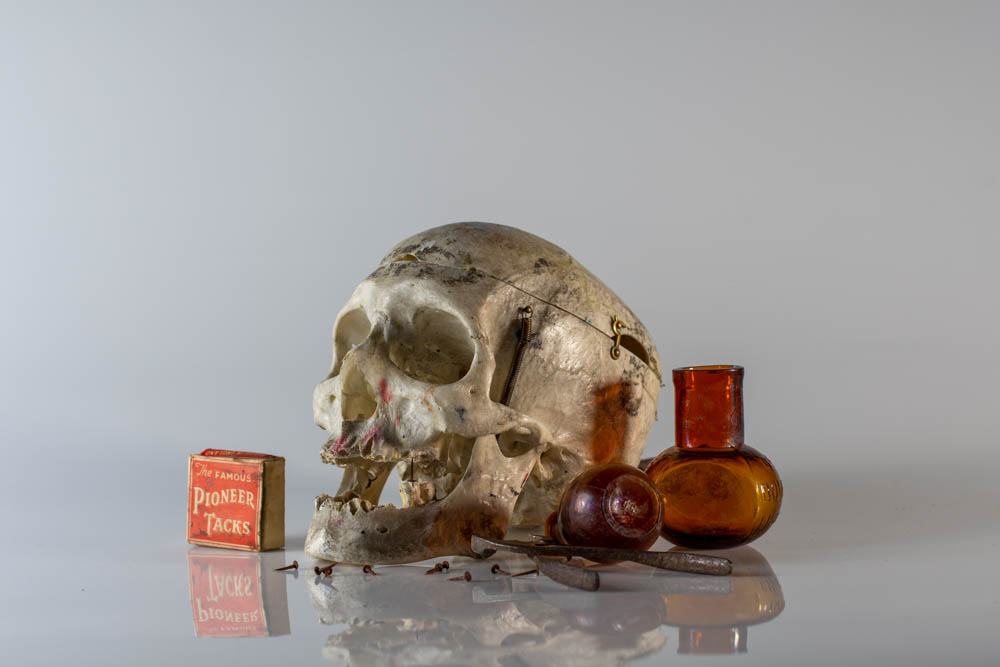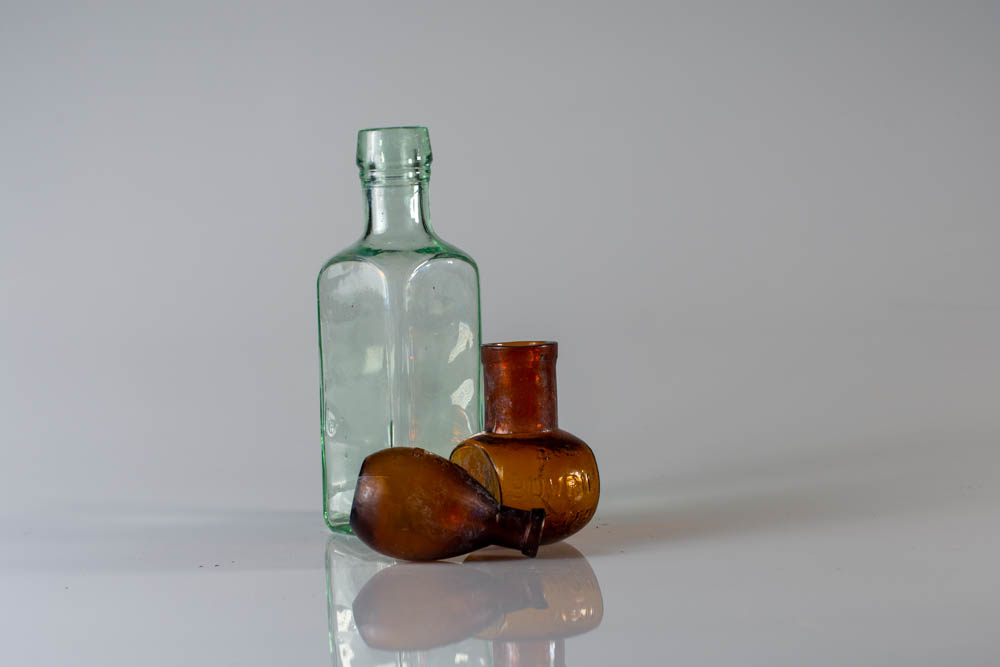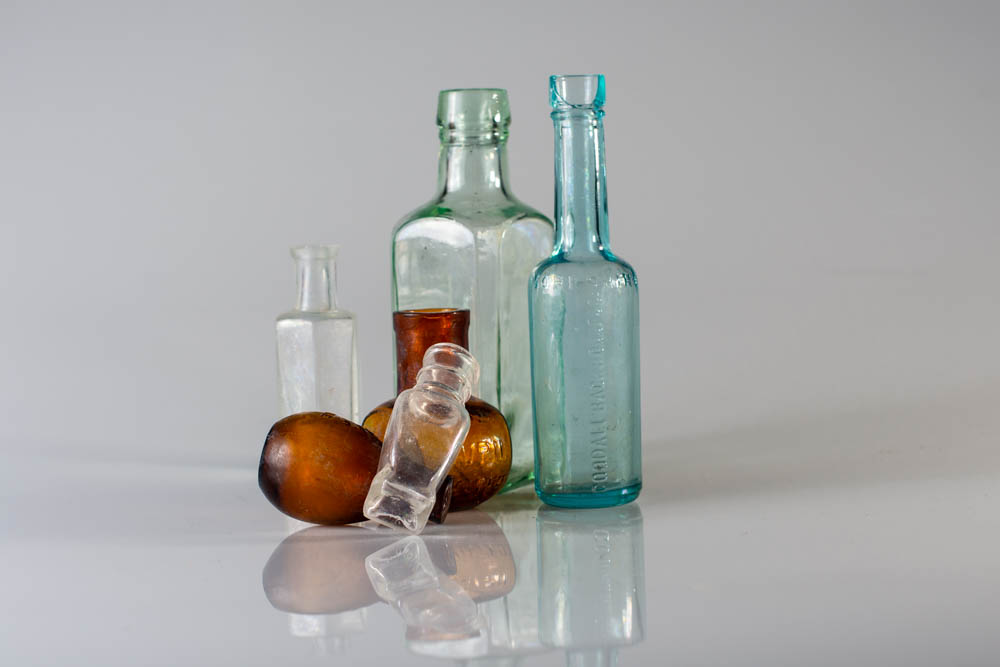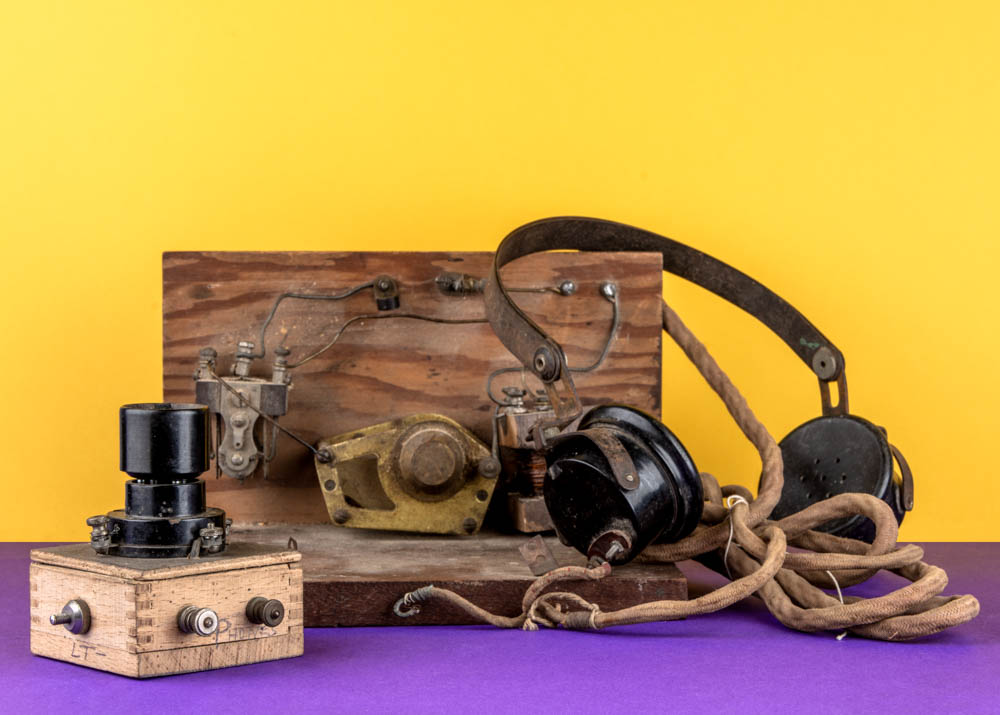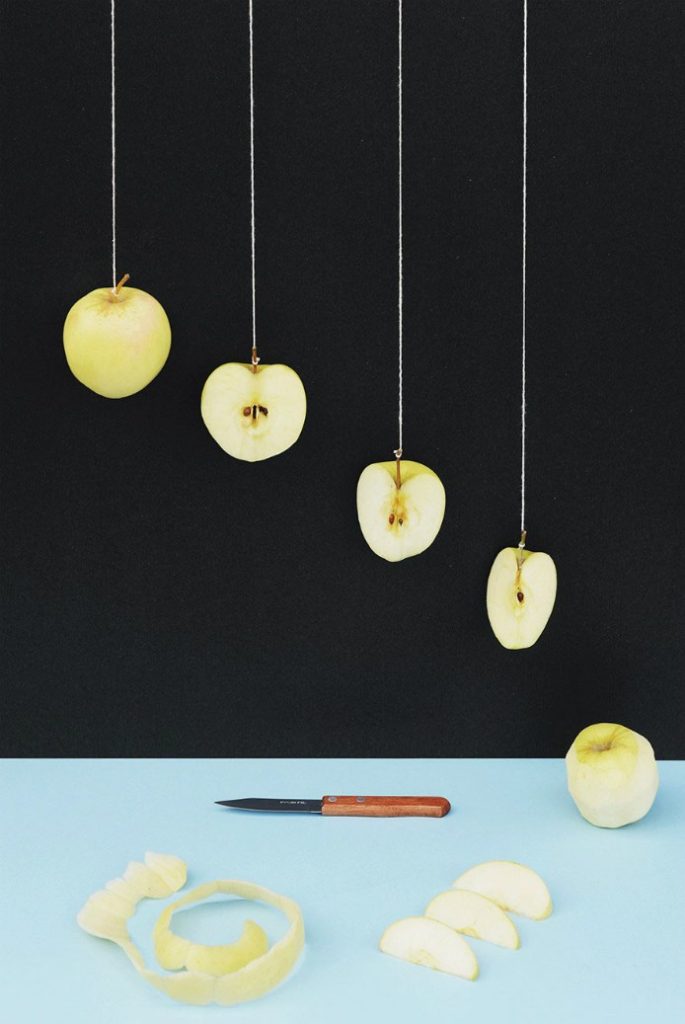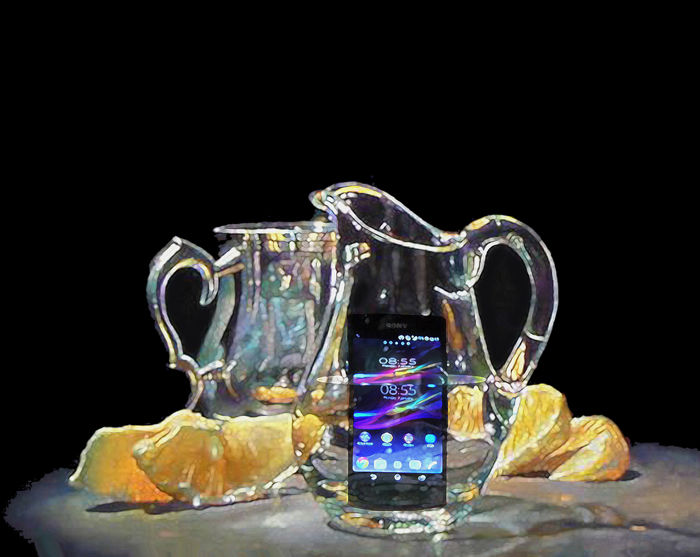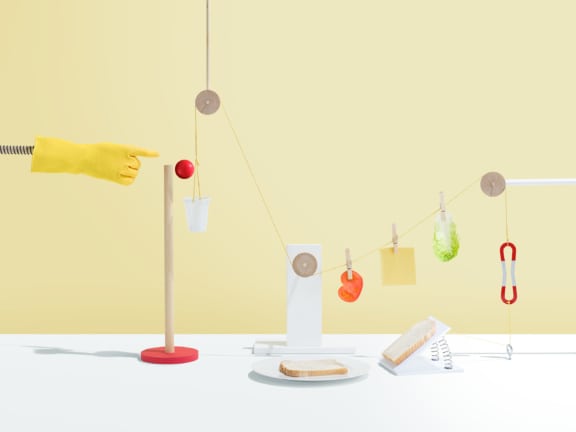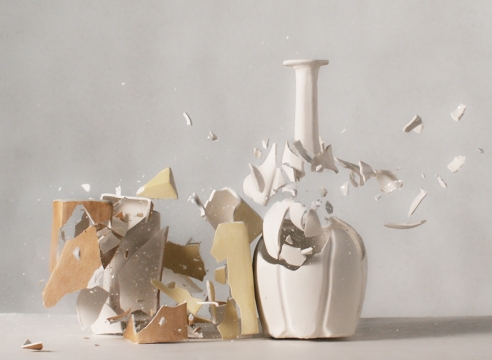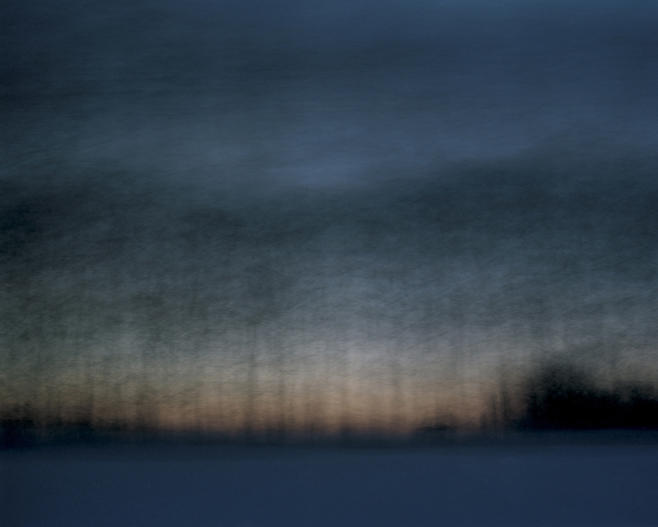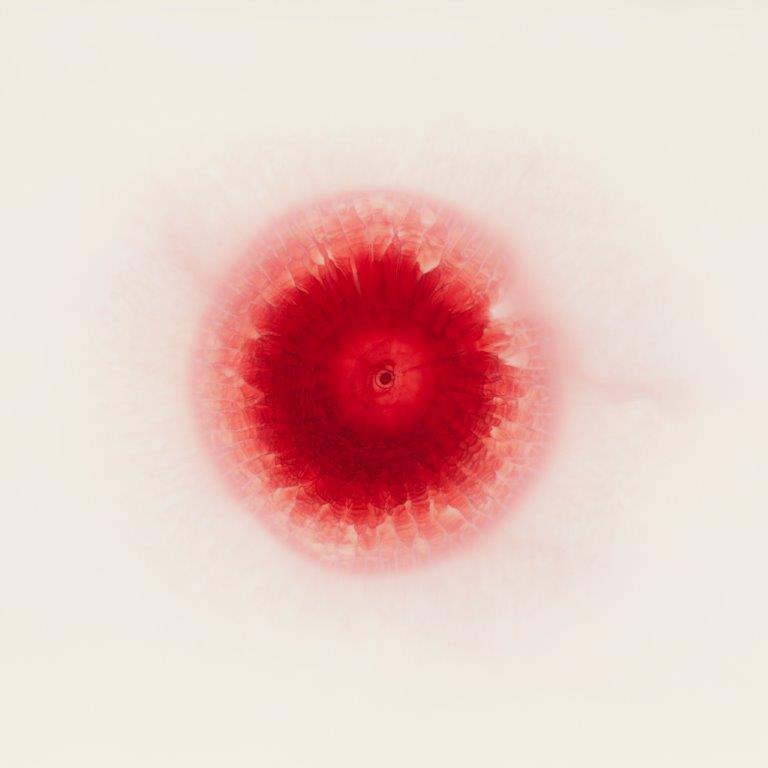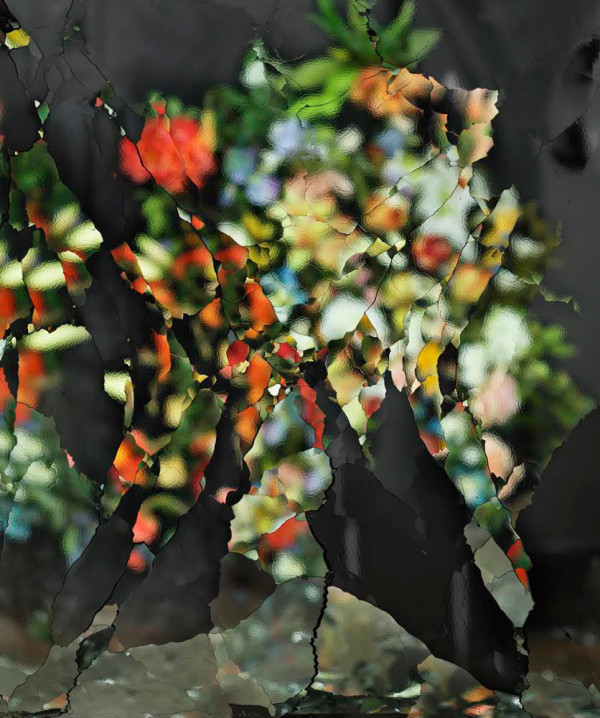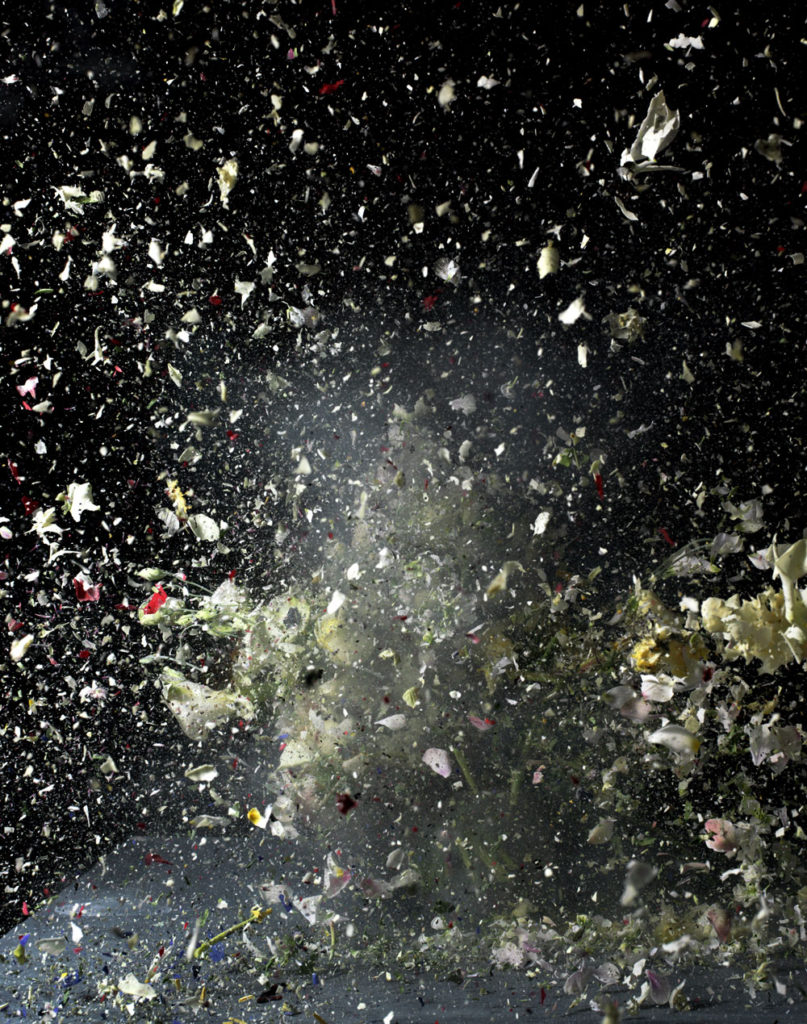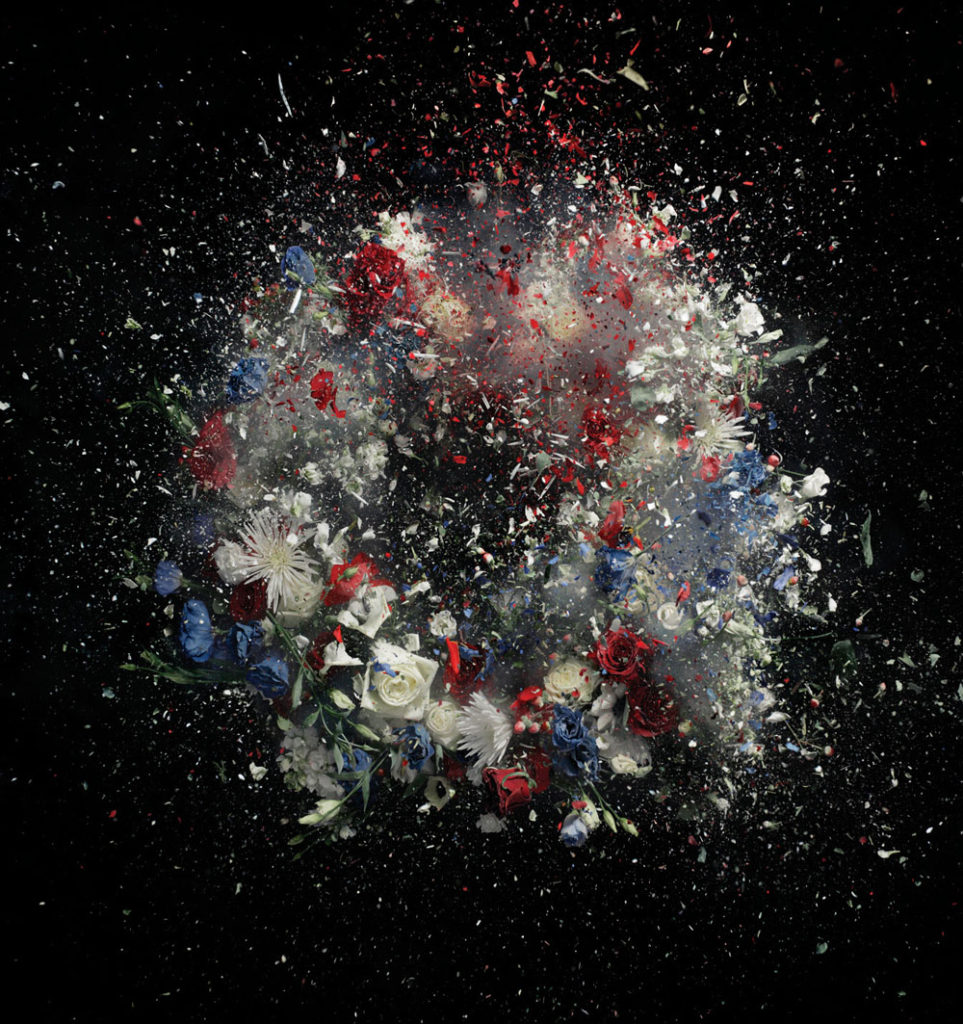The Jersey War tunnels, Also known as the German underground hospital is a tunnel complex located within the hills of St Peters Valley, Jersey. Known to the Germans as Hohlgangsalase 8, The purpose of the tunnels was as a Military hospital, Ordnance and ammunition storage as well as an air raid shelter. The word Hohlgangalase translates to Cave passage installations and HO8 was part of a wide network of tunnels across the Island, With the only complete tunnel being HO5, Loacted in St Aubins and now used to store the Le Petit Train and home to the Jersey indoor shooting club.
HO8 was constructed by organisation Todt originally as a large scale air raid shelter which would link up to other tunnel systems in the area such as HO2 and create a vast underground fortress to be used by the Germans in the event of allied invasion. However, later in the war, HO8 was converted into a hospital and it had fully functioning electricity, heating and running water. The facility has over 1km worth of tunnels with various rooms and sections such as barracks, Gas proof doors and ventilation systems as well as a fully functioning operating theater.
The tunnel was constructed by forced laborers. These were typically Russian and Ukrainian prisoners of war whom were housed in work camps in the island. Conditions among these prisoners were so poor that many died of malnutrition, exhaustion and disease. Many workers in the tunnels were also crushed to death during the creation of the tunnels by rockfalls or beaten to death by soldiers of Organization Todt. Many workers died in the tunnels during their construction.
After the Liberation of the Channel islands, Many of the HO tunnel systems were used for the storage of German equipment such as guns, tanks and barbed wire by the British forces sent over to the island to help clean up the traces of the War. During the Scrap metal drive of the 1950s, The vast majority of Tunnels were completely cleared and many sealed off. In 1962, Two schoolboys were exploring HO2 looking for souvenirs. They sadly died due to high levels of Carbon Monoxide deep inside the tunnels
in 1946 HO8 was opened to the public and owned by the states of Jersey, However a lawsuit soon followed from the owner of the land above and the lawsuit was successful and ownership was returned to the landowner, Who converted it into a museum with many genuine artifacts and features from the war and the Museum remains open to this day
Images
